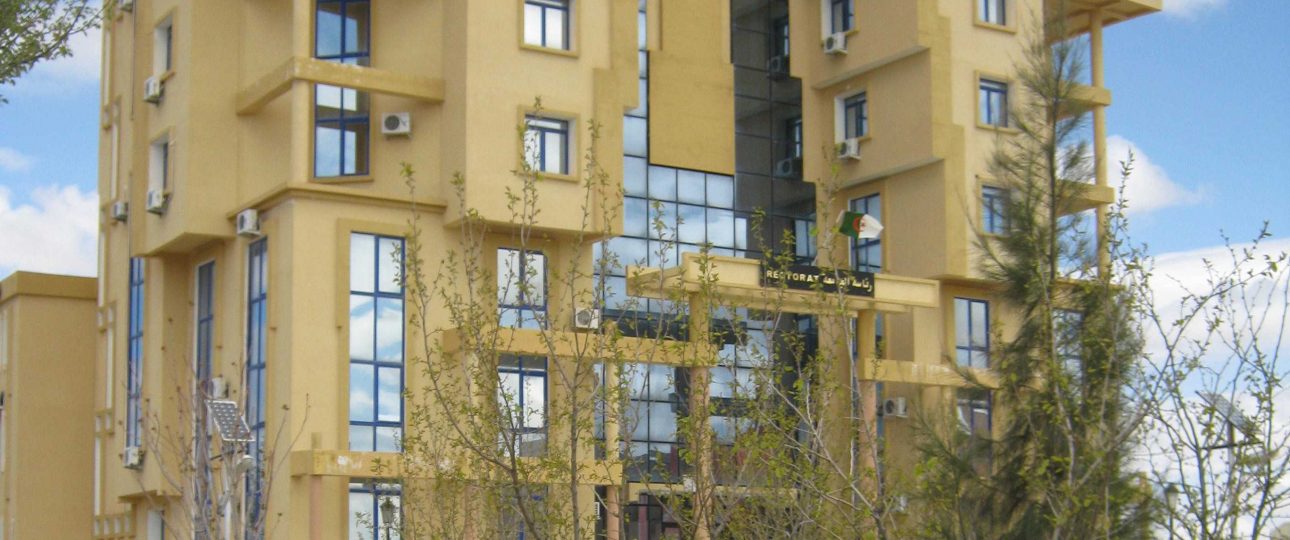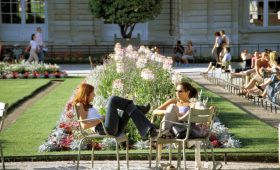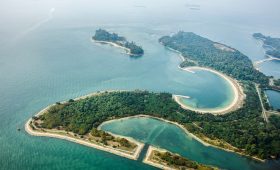Discover Djelfa, Algeria
Djelfa, located in north-central Algeria, offers a unique blend of history, culture, and natural beauty. Situated at an elevation of 3,734 feet in the Ouled Naïl Range, it serves as a key livestock market center for the semi-nomadic Ouled Naïl confederation. This guide will help you navigate the essentials of visiting Djelfa, from its historical significance to practical travel tips.
Getting to Djelfa
Djelfa is accessible by road from major cities like Algiers. While there are no direct flights to Djelfa, you can fly into Algiers and then take a bus or taxi. The journey offers a scenic view of Algeria’s diverse landscapes, transitioning from the dry, steppe-like Hautes Plaines to the Sahara. Public transportation options include buses and shared taxis, which are both economical and a great way to experience local life.
Exploring Djelfa’s Natural and Historical Sites
Neolithic Rock Carvings
Djelfa is renowned for its Neolithic rock carvings, dating back to 7000-5000 BC. These ancient artworks provide a glimpse into the lives of early inhabitants. North of the town, you can visit the Rocher de Sel, a striking natural formation created by the erosion of rock salts and marls.
Megalithic Structures
To the west of Djelfa, explore megalithic funerary structures that speak to the region’s rich prehistoric past. These sites offer a fascinating look at ancient burial practices and are a must-see for history enthusiasts.
Cultural Experiences in Djelfa
Local Markets
Djelfa’s markets are vibrant and bustling, offering an authentic taste of local culture. The Souk El Djemaa is a great place to explore, with its array of colorful fabrics, spices, and handicrafts. Engage with the locals to learn about their customs and daily life.
Festivals
If your visit coincides with local festivals, you’ll experience the rich cultural tapestry of Djelfa. The Mouloud Festival, celebrating the birth of the Prophet Muhammad, is a highlight, featuring traditional music, dance, and cuisine.
When to Visit Djelfa
Djelfa has a semi-arid climate, with more precipitation in winter than in summer. Snow is not uncommon in winter. The best times to visit are spring (March to May) and fall (September to November), when temperatures are mild, ranging from 48.9°F to 73°F. These seasons offer comfortable weather for exploring outdoor attractions.
Key Highlights of Djelfa
- Neolithic Rock Carvings: Explore ancient artworks dating back to 7000-5000 BC.
- Rocher de Sel: Visit this natural formation north of Djelfa.
- Megalithic Structures: Discover ancient burial sites to the west of the town.
- Souk El Djemaa: Immerse yourself in local culture at this bustling market.
- Mouloud Festival: Experience traditional celebrations if visiting during this time.
Djelfa offers a rich tapestry of history and culture, set against a backdrop of stunning natural landscapes. While it may not be the easiest destination to reach, the journey is part of the adventure, offering insights into Algeria’s diverse geography and culture.




